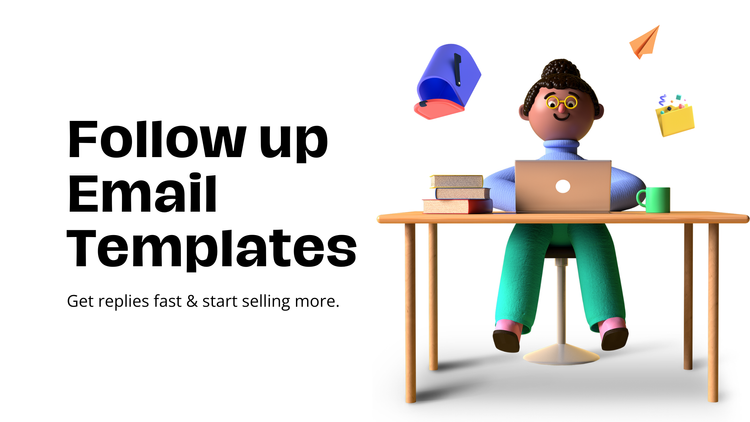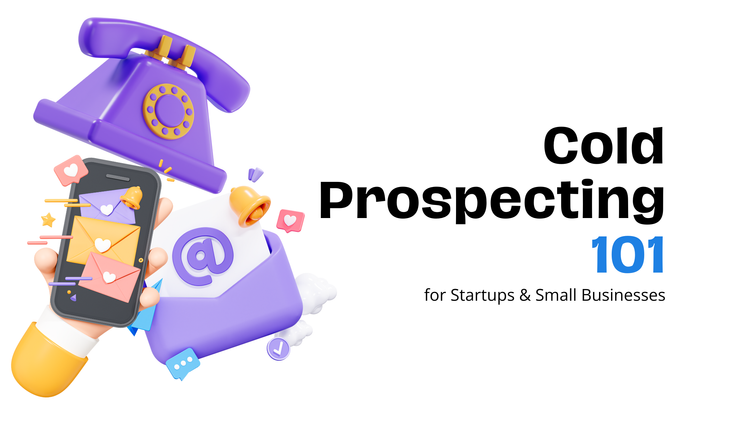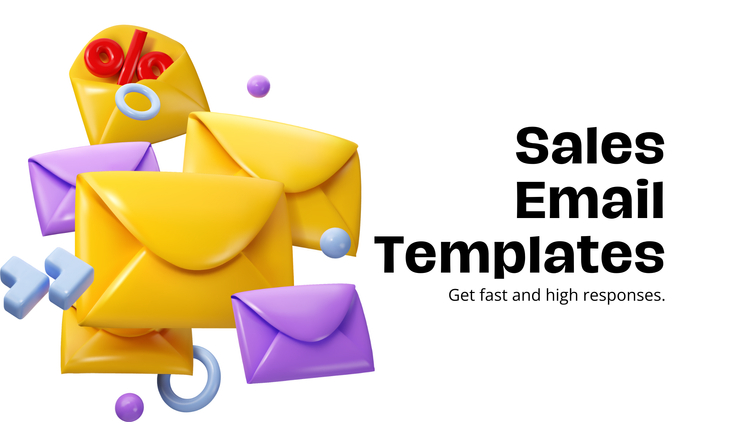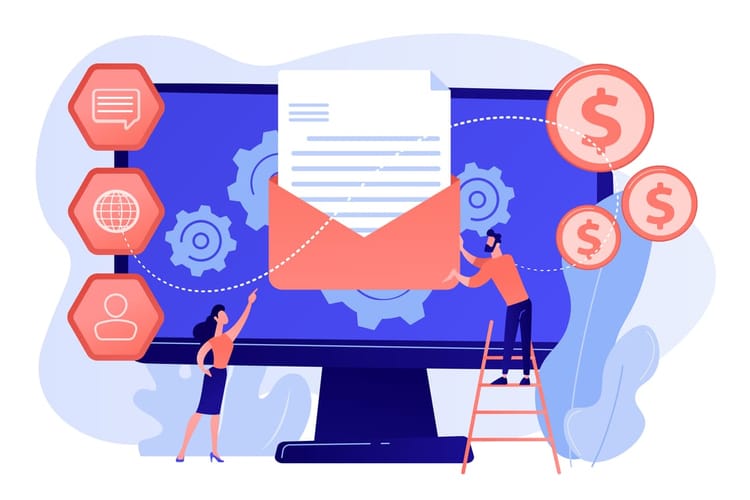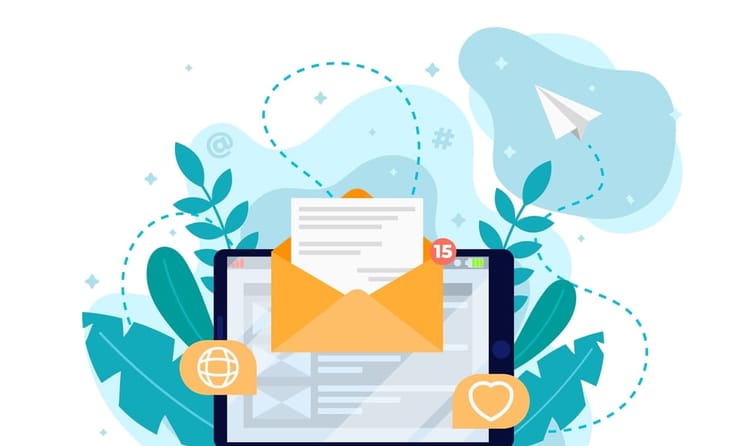Cold Email Outreach: How To Find Your Target Audience

Cold email outreach remains one of the most effective methods to generate leads, build business relationships, and boost sales. However, with inboxes flooded daily, crafting the perfect outreach email requires strategy, personalization, and a deep understanding of your target audience. In this guide, we’ll explore the key strategies, tips, and tools to enhance your cold email outreach campaigns for maximum engagement and conversion.
Why is a Target Audience Important?
Everyone knows the phrase, “know your audience.” With cold email outreach, this rings even more true.
The success of cold email outreach hinges on reaching the right people. Without a well-defined audience, your emails may end up in spam folders or be ignored entirely. Identifying your target audience ensures that your emails are relevant and resonate with potential customers, leading to higher open and response rates.
Your ideal audience can be segmented based on:
- Age
- Job title
- Location
- Industry
- Company size
- Pain points
Why do I need to identify a target audience and not only my target market?
Unlike a target audience, a target market is a set of individuals sharing similar needs or characteristics that your organization hopes to serve. To discover what target market your offering will sell to, conduct research on Google using publicly available sources, scan industry news, and see what your competitors are doing. If you have existing customers, see if they’d be willing to take part in a survey to help you answer some key questions. If you have existing customers, see if they’d be willing to take part in an online survey to help you answer some key questions. If you have the budget, you can also try to run a focus group or complete a market survey.
“Though both target audience and target markets are centered around segmenting customers into groups to make informed business decisions, a target market is a specific group of consumers at whom a company’s products are aimed. A target audience defines that group using audience demographics, interests, and buying history.”
Kayla Carmicheal, Writer at HubSpot
If you combine your knowledge of both your target audience by who they are, and your target market by what they need, then you should have a promising idea of who you want to pursue to drive your sales.
How to Identify Your Target Audience
Start by asking yourself: Who is my ideal customer?
Defining your target audience involves:
- Analyzing existing customers – Who benefits the most from your product or service?
- Researching competitors – Who are they targeting in their outreach campaigns?
- Leveraging industry trends – What challenges are professionals in your sector facing?
- Using social media insights – Monitor LinkedIn, Twitter, and other platforms to understand industry pain points.
Target Market vs. Target Audience
Understanding the difference between a target market and a target audience refines your approach. While a target market refers to a broad group of potential customers, a target audience is a more specific segment likely to engage with your emails. Combining these insights enhances your cold email outreach strategy.
Note for schools and universities: Cold email outreach isn’t limited to sales teams. Educational institutions can also benefit from it. Schools can use cold outreach to build alumni networks or kickstart fundraising efforts. Platforms (like QuickSchools) can support this by helping schools manage contact lists, track engagement, and organize communications more efficiently.
Research: The Foundation of Cold Email Outreach
Once you have an idea of your target audience, research their needs and pain points. Successful cold email outreach is about delivering value rather than simply promoting your product or service.
Consider the following when researching:
- What problems does your target audience face?
- How does your product/service solve these problems?
- What kind of messaging resonates with them?
By answering these questions, you can craft compelling emails that address your recipient’s pain points directly.
Tools to Find Your Target Audience
Various tools can help you identify and reach your audience effectively:
- LinkedIn Sales Navigator – Find decision-makers within your industry.
- Skrapp.io – Discover verified business emails for outreach.
- Hunter.io – Locate professional emails and verify contacts.
- Google Trends & Analytics – Understand industry demand and interests.
Using these tools streamlines the process of building a high-quality email list.
Segmentation: Organize Your Email List for Better Results
Segmenting your audience ensures each email feels personalized and relevant. Businesses that use segmented cold email campaigns see a 760% increase in revenue compared to generic outreach.
How to Segment Your Cold Email List
- Demographics – Job title, industry, location.
- Behavioral segmentation – Past interactions with your brand.
- Pain points – Categorize contacts based on challenges they face.
- Buying stage – Are they leads, prospects, or previous customers?
Proper segmentation helps tailor subject lines, messaging, and calls to action for better engagement.
A/B Testing: Optimize Your Cold Email Outreach
A/B testing is critical in refining your cold email outreach strategy. Experiment with different subject lines, messaging, and CTAs to determine what resonates best with your audience.
Elements to A/B Test
- Subject lines – Which gets the highest open rate?
- Email body length – Short vs. long-form emails.
- Personalization levels – Does using first names or job titles increase responses?
- Call to action (CTA) – Which CTA drives the most conversions?
By continuously testing and analyzing results, you can improve your email outreach performance over time.
Follow-ups: The Key to Higher Response Rates
Most cold email outreach campaigns fail because they stop at the first email. Studies show that multiple follow-ups increase response rates by 22%.
How to Craft an Effective Follow-Up Email
- Be concise – Remind them of your previous email without being repetitive.
- Add value – Offer additional insights or solutions.
- Maintain professionalism – Avoid sounding pushy.
- Use different formats – Try including a case study or relevant article.
Example Follow-Up Template
Subject: Just Following Up
Hi [First Name],
I wanted to follow up on my last email regarding [mention pain point or solution]. I’d love to connect and discuss how we can help [Company Name] with [specific benefit]. Let me know if you’d be open to a quick chat.
Best, [Your Name]
Start Preparing Your Cold Email Outreach
A strategic cold email outreach approach revolves around:
- Defining a clear target audience.
- Conducting thorough research on their pain points.
- Utilizing tools to identify and verify email contacts.
- Segmenting email lists for improved personalization.
- A/B testing to optimize open and response rates.
- Implementing follow-ups to nurture leads.
By following these steps, your cold email outreach campaigns will yield higher engagement and conversion rates.
Try using Skrapp.io’s Chrome extension to find your target audience’s contact information with the click of a button.
FAQs: Cold Email Outreach
How does cold email outreach work?
Cold email outreach is a strategy where businesses send personalized emails to potential leads who have not previously interacted with them. The goal is to establish a connection, generate interest, and ultimately convert recipients into customers.
Is it legal to send cold emails?
Yes, cold email outreach is legal as long as it complies with regulations such as the CAN-SPAM Act (USA), GDPR (Europe), and CASL (Canada). Businesses must provide recipients with an opt-out option and ensure transparency in their communications.
What does the 30/30/50 rule mean in cold emailing?
The 30/30/50 rule refers to optimizing cold email success: 30% of success comes from targeting the right audience, 30% from crafting compelling subject lines and messaging, and 50% from follow-ups and persistence.
Can you provide examples of effective cold emails?
Yes! A good cold email typically includes a compelling subject line, personalized introduction, clear value proposition, and a strong call to action. Examples include emails offering solutions to industry pain points, introducing a new product, or requesting a quick meeting to discuss potential collaborations.

